Antique large wooden "Luba" stool with a very attractive dark ritual patina.
The body of the stool is carved as an asexual woman, with smooth facial features characterised by large half-closed eyes.
At the top of her head is the very slightly curved seat.
Her right hand hides her mouth and her left hand hides her ear.
The feet are splayed on the oval base.
Period: 20th century - Art Deco
Dimensions: Height: 58cm - Width of top: 38cm x Length of top: 48.5cm
This type of stool is not intended to be used as a seat, but rather as a symbolic expression of the power of a deceased ruler.
They also act as a form of ancestral memory, as part of the ancestor worship that forms an important part of Luba society.
These memorial stools always have the figure of a woman supporting the seat, and are carved to represent the Luba concept of ideal female beauty.
In Luba society, women are considered to be the vessels of spiritual power, and so these figures embody the power of the chiefs.
In the past, Luba chiefs came to power through a rigorous investiture process.
The basis for this was the transgression of taboos. This involved seclusion in a ritual hut where they had to commit incest with a female relative, sleep in the presence of chiefs' relics, and drink human blood from the dried skulls of their predecessors.
Blood was the agent that activated the new reign and linked it to the terrifying power of the ancestors.
This rite, called "kutomboka", sanctified the privilege of being chief (Sources: Sendwe 1955; Van Avermaet and Mbuya 1961).
These seats played a key role in investiture rites.
The seat was placed on a leopard skin.
Given their importance, these seats were often hidden in villages other than that of the chief in question, because if an opponent could get hold of them, he would lose his power....




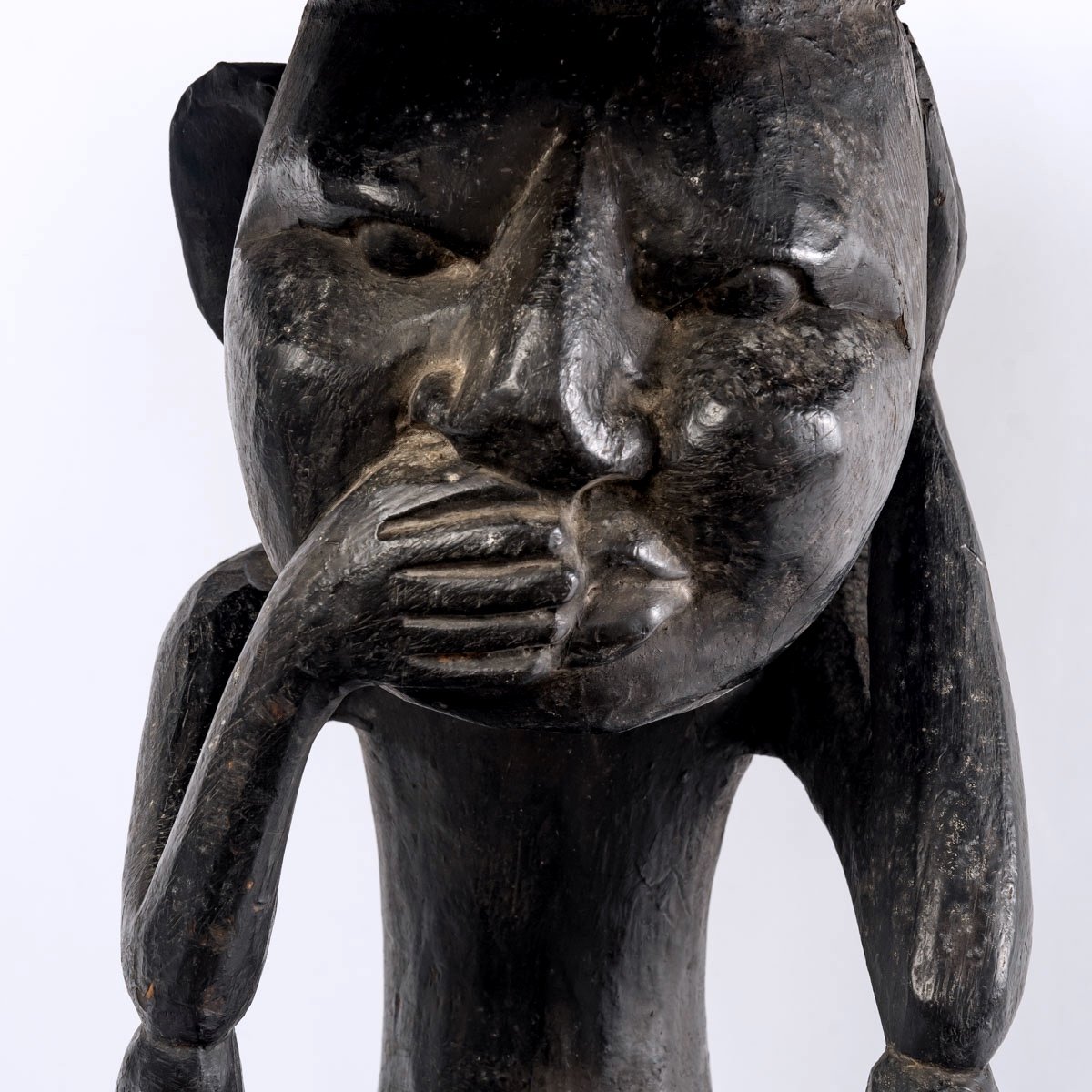
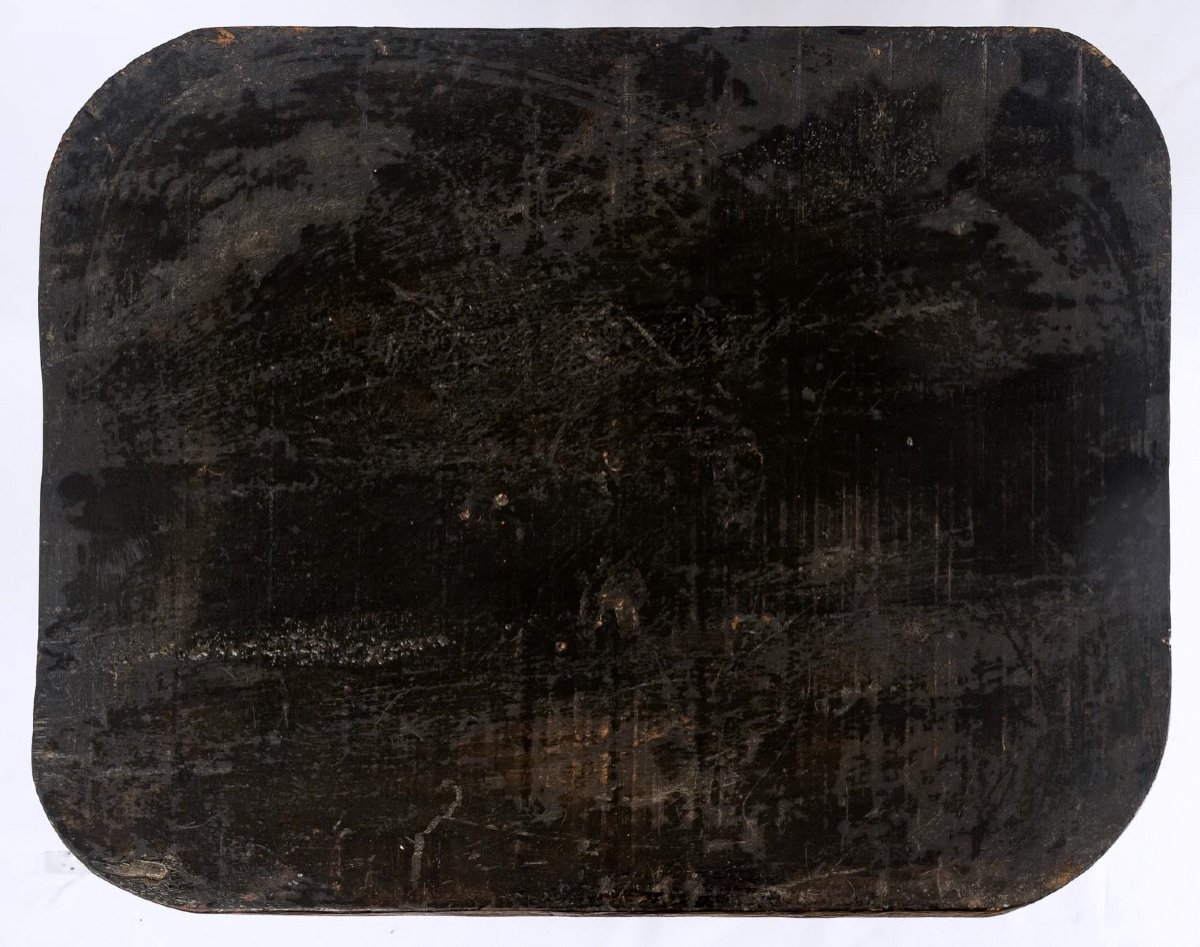

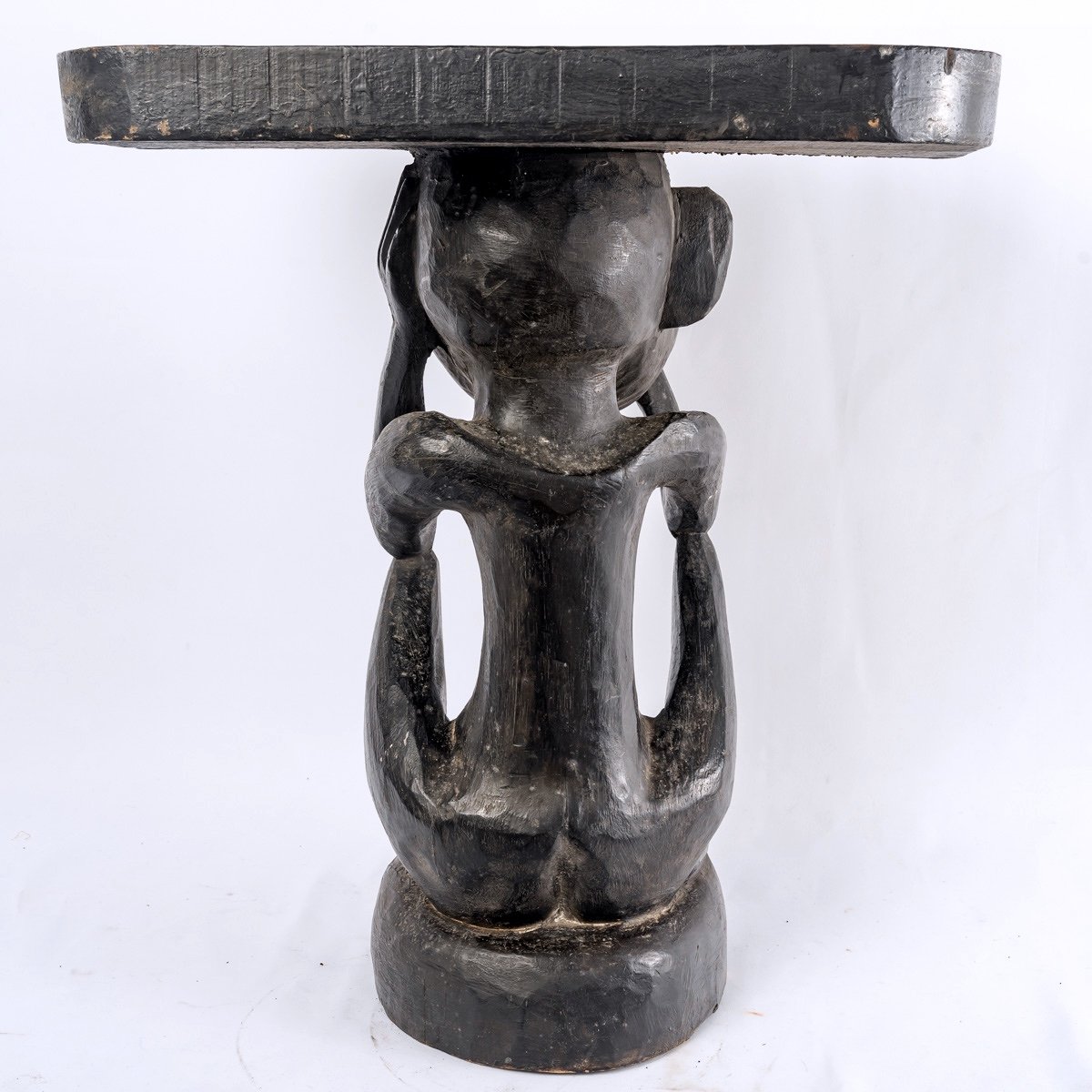
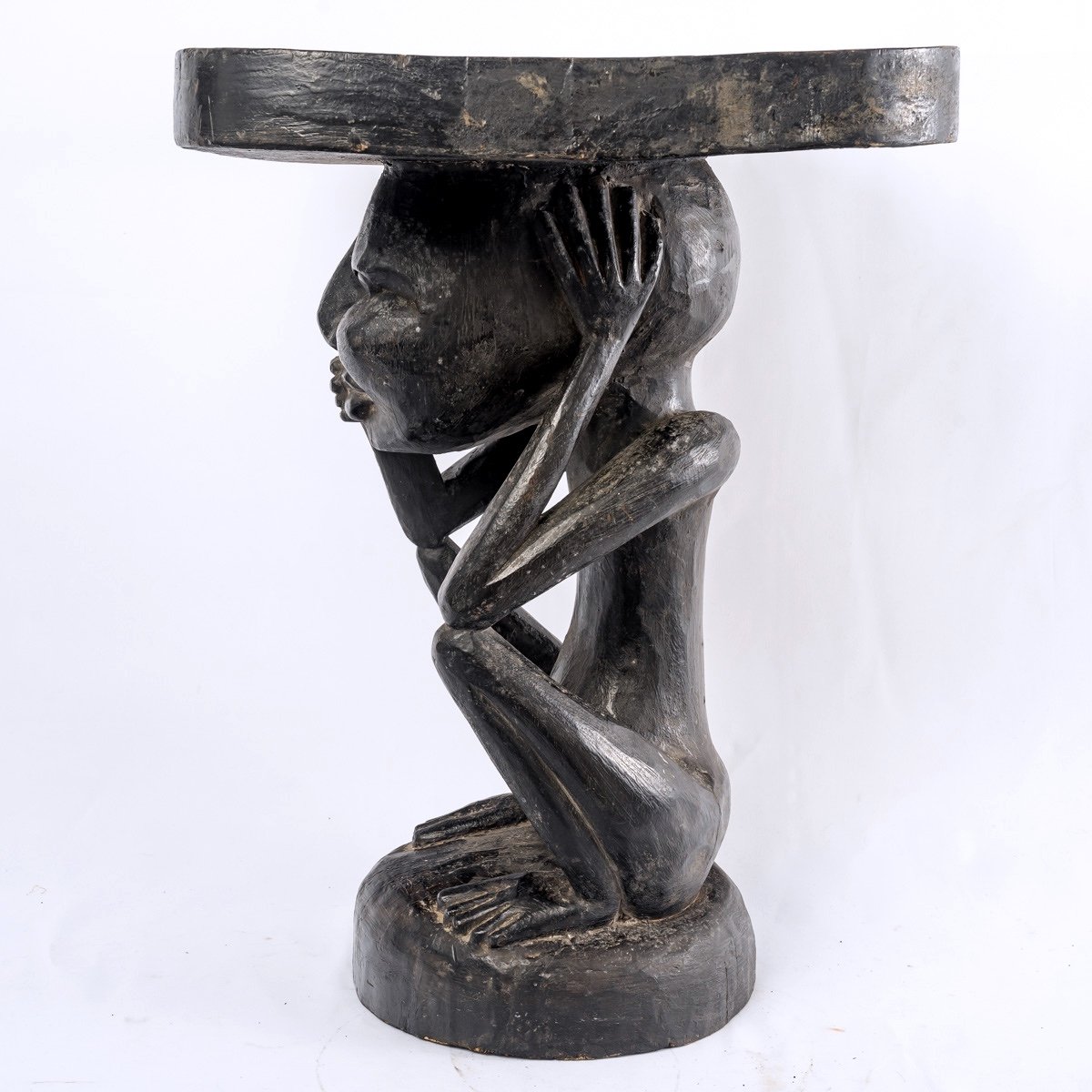















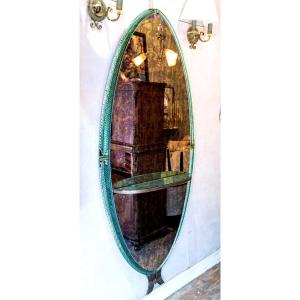




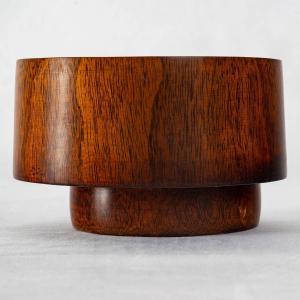










 Le Magazine de PROANTIC
Le Magazine de PROANTIC TRÉSORS Magazine
TRÉSORS Magazine Rivista Artiquariato
Rivista Artiquariato